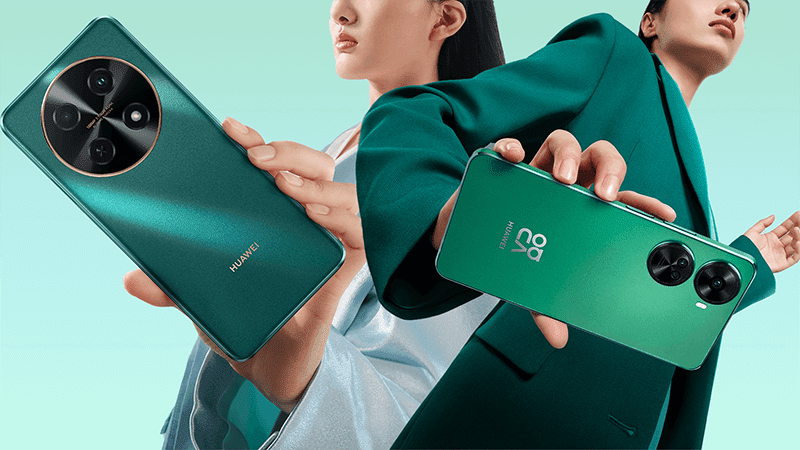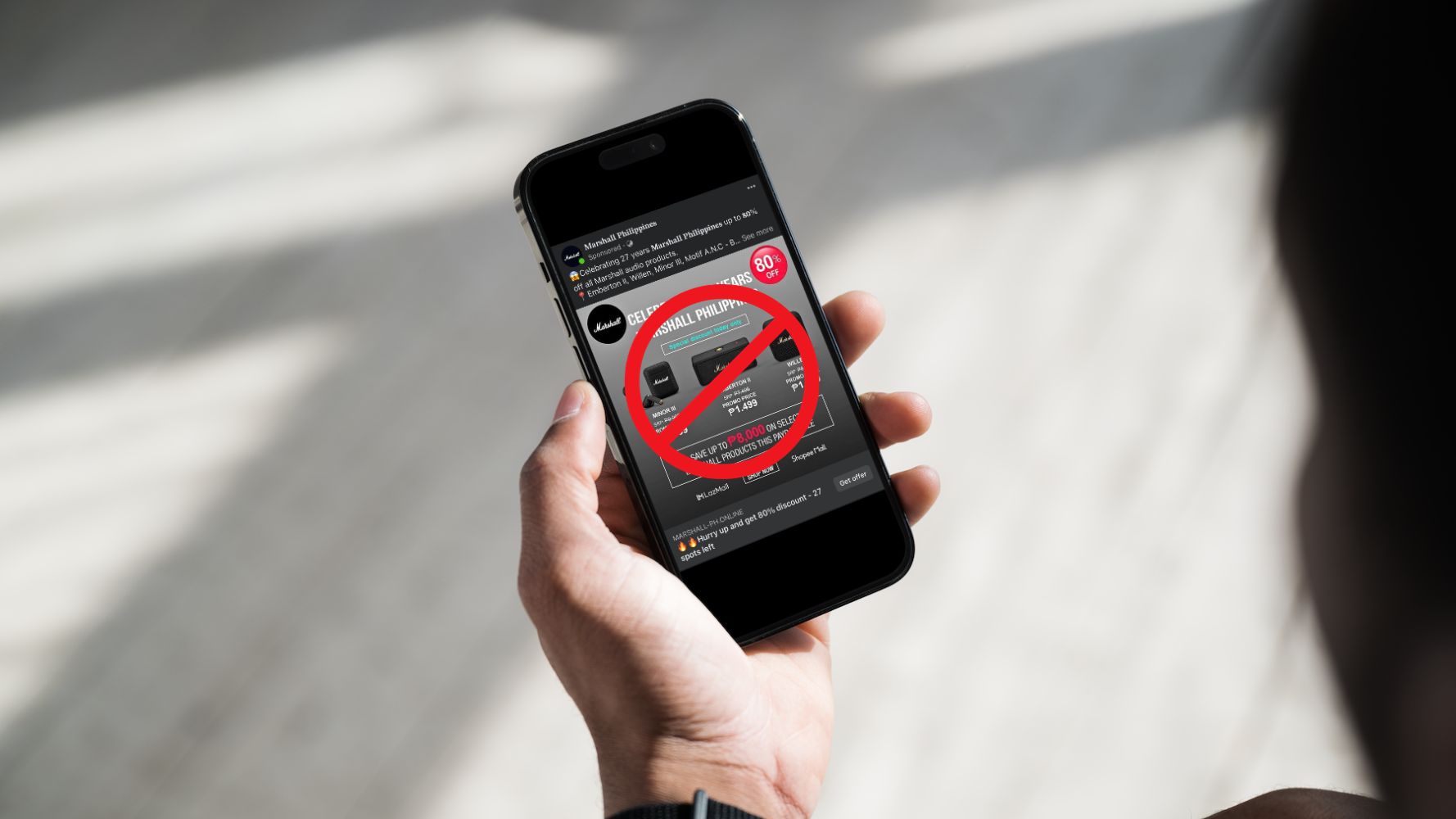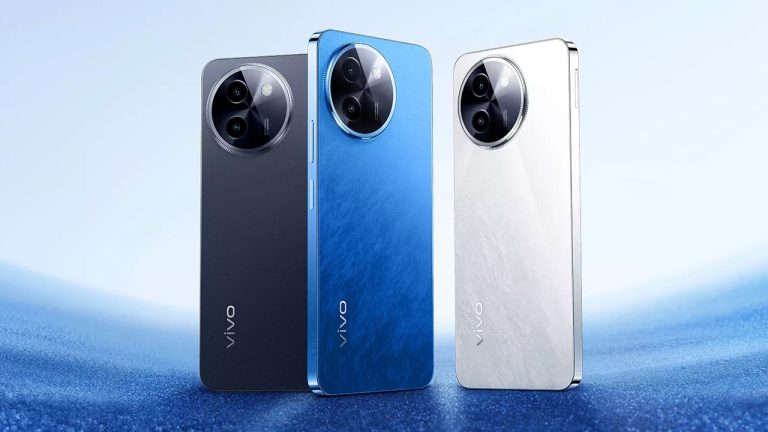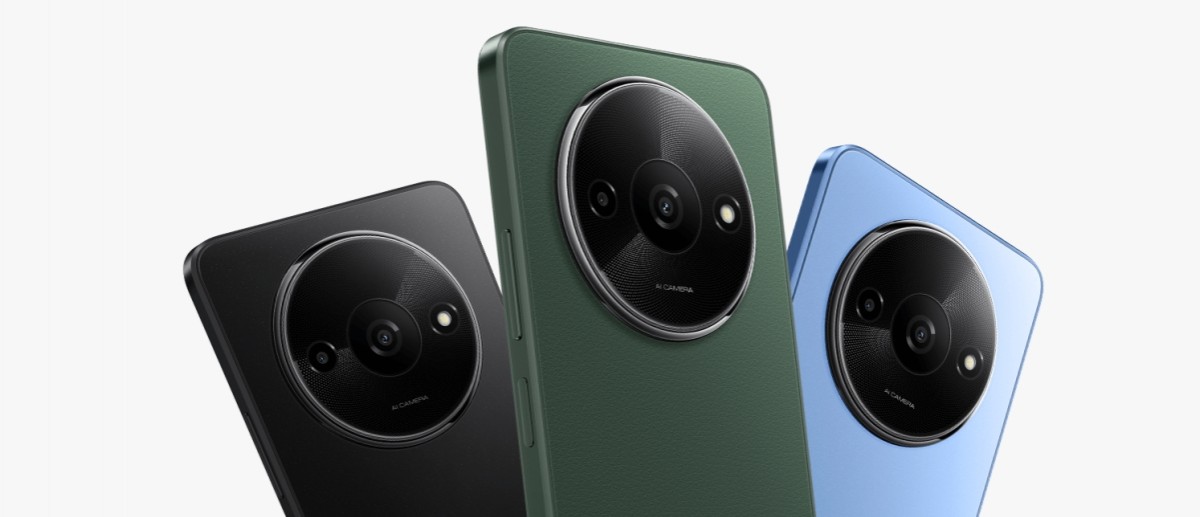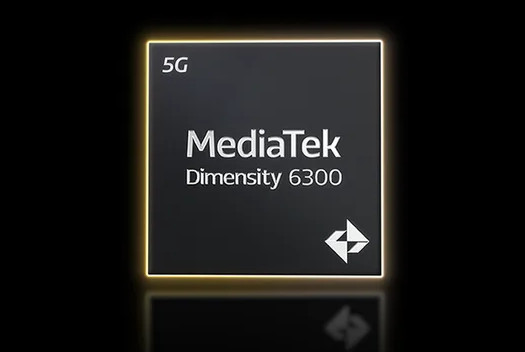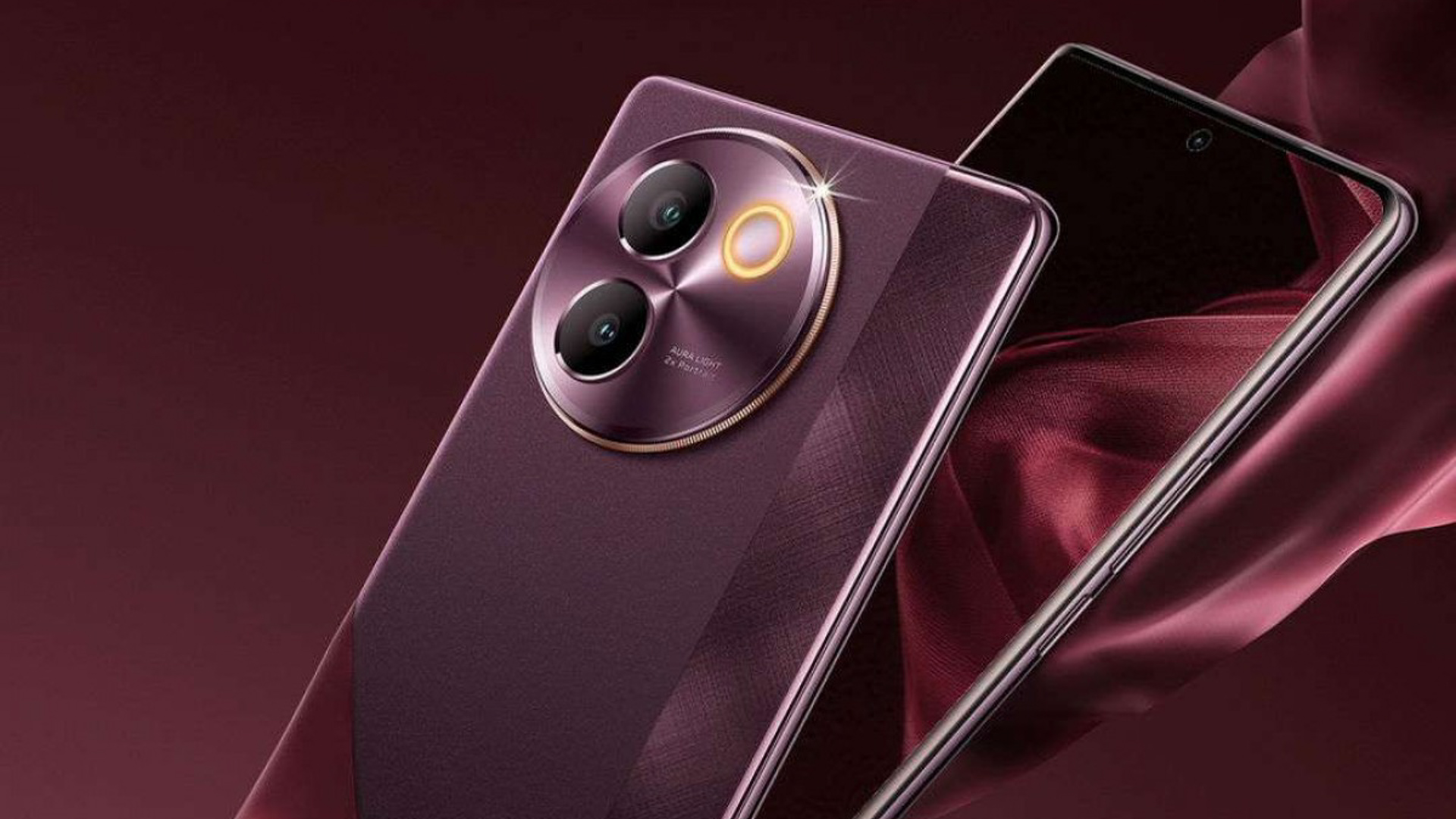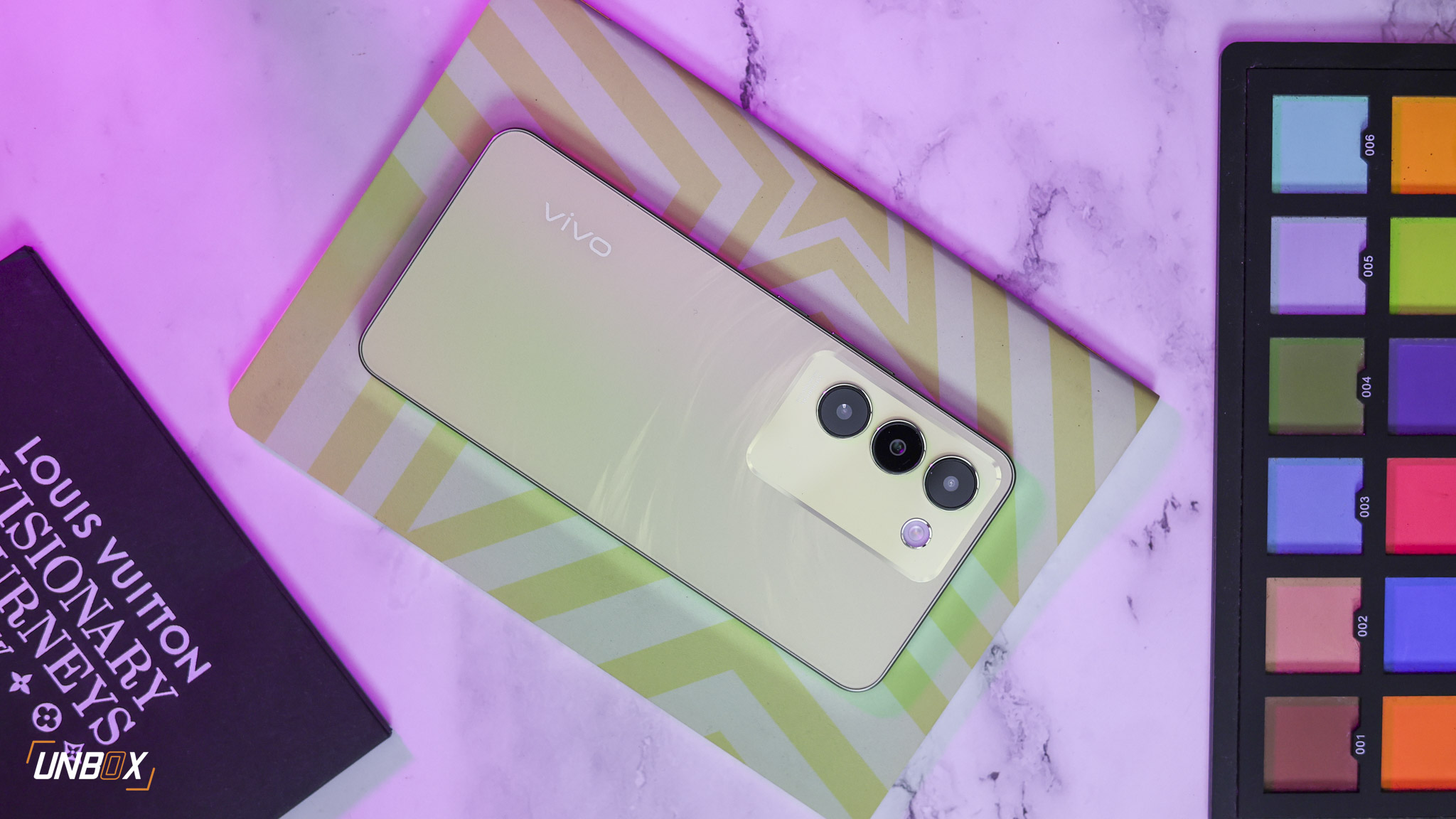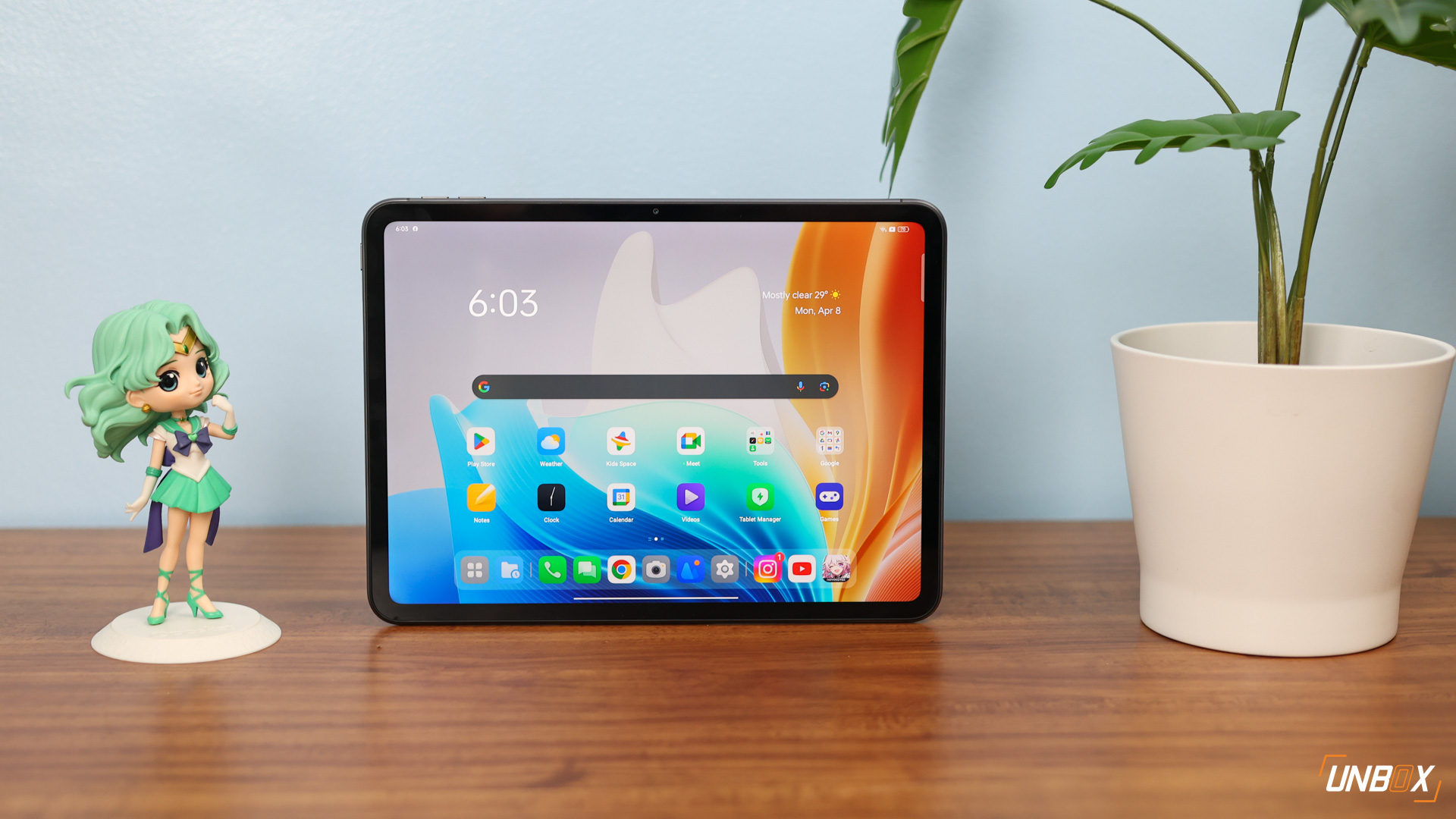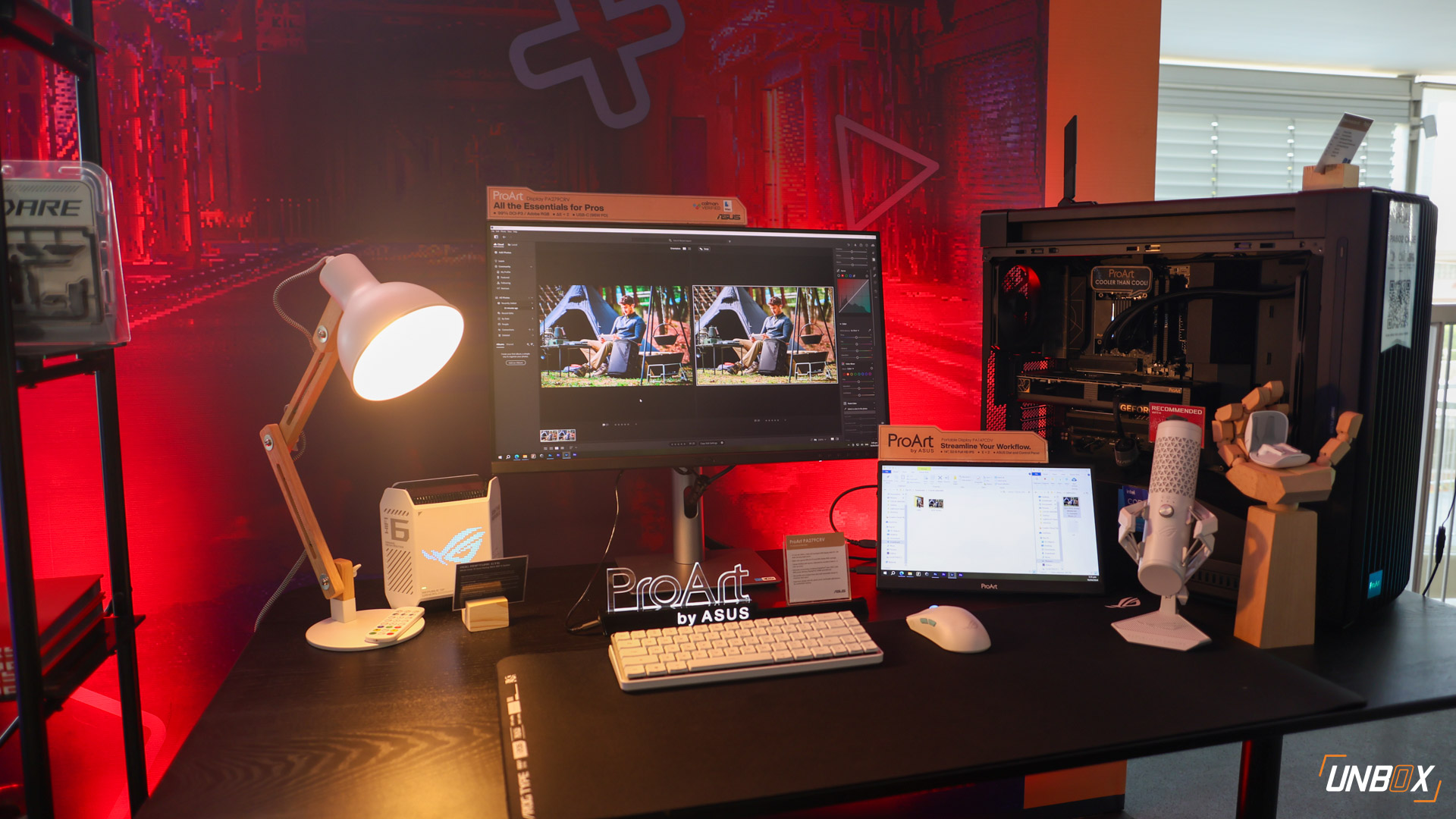ASUS badly wants in on the dual selfie craze
It was only a matter of time before ASUS threw in its hat into the unusual smartphone phenomenon that is dual selfie smartphones. The Taiwanese electronics manufacturer, not to be outdone by their Chinese rivals OPPO and Vivo, aims to launch a duo of dual selfie snapping smartphones this August 19, as part of the ZenFone 4 line-up.
The ASUS ZenFone 4 Selfie is the budget-oriented phone of the two, packing a Snapdragon 430 and a pair of selfie snappers of the 20-megapixel and 8-megapixel variety. Its more powerful sibling, the Selfie Pro, based on its high-end middle-range specifications, looks to topple the current reigning monarchs of the dual selfie world – OPPO’s F3 Plus and Vivo’s V5 Plus.
Let’s explore a 4-way battle between these handsets. Note that there are still some unknowns in the equation, but we’ll still do our best to evaluate the showdown.
ASUS ZenFone 4 Selfie

- Qualcomm Snapdragon 430 octa-core processor
- Qualcomm Adreno 505 graphics unit
- 4GB of RAM
- 5.5-inch HD IPS display, 1280 x 720 resolution
- 64GB of expandable storage, up to 128GB via microSD
- 16-megapixel rear camera, with LED Flash
- 20-megapixel main front camera
- 8-megapixel secondary front camera
- Dual SIM, with 4G LTE, LTE-A
- WiFi, Bluetooth, GPS, A-GPS
- Fingerprint sensor
- 3000mAh battery
- Android 7.0 Nougat, with ZenUI
- Price: $350 (Rumored) (~Php 18K)
ASUS ZenFone 4 Selfie Pro

- Qualcomm Snapdragon 625 octa-core processor
- Qualcomm Adreno 506 graphics unit
- 4GB of RAM
- 5.5-inch Full HD AMOLED display, 1920 x 1080 resolution
- 64GB of expandable storage, up to 128GB via microSD
- 16-megapixel rear camera, with LED flash
- 24-megapixel main front camera
- 5-megapixel secondary front camera
- Dual SIM, with 4G LTE, LTE-A
- WiFi, Bluetooth, GPS, A-GPS
- Fingerprint sensor
- 3000mAh battery
- Android 7.0 Nougat, with ZenUI
- Price: $450 (Rumored) (~Php 23.1K)
Read: ASUS ZenFone 4 Selfie, Selfie Pro Quick Review: Let The Selfie Wars Begin!

OPPO F3 Plus
- Qualcomm Snapdragon 652 octa-core processor
- Qualcomm Adreno 510 graphics unit
- 4GB of RAM
- 6-inch Full HD IPS display, 1920 x 1080 resolution, with Corning Gorilla Glass 5
- 64GB of expandable storage, up to 256GB via microSD
- 16-megapixel Sony IMX398 rear camera, f/1.7 aperture, with Dual Pixel AF, OIS, dual-LED flash
- 16-megapixel main front camera, f/2.0 aperture
- 8-megapixel secondary front camera, 120-degree wide-angle lens
- Dual SIM, with 4G LTE, LTE-A
- Wi-Fi, Bluetooth, GPS, A-GPS
- Fingerprint sensor
- 4000mAh battery, with Super VOOC fast charge
- Android 6.0 Marshmallow, with ColorOS
- Price: Php 23,990
Read: OPPO F3 Plus Review: Super-Sized Selfie Expert
Vivo V5 Plus
- Qualcomm Snapdragon 625 octa-core processor
- Qualcomm Adreno 506 graphics unit
- 4GB of RAM
- 5.5-inch Full HD IPS display, 1920 x 1080 resolution, with Corning Gorilla Glass 5
- 64GB of non-expandable storage
- 16-megapixel rear camera, f/2.0 aperture, with PDAF, LED flash
- 20-megapixel Sony IMX376 main front camera, f/2.0 aperture
- 8-megapixel secondary camera, f/2.0 aperture
- Dual SIM, with 4G LTE, LTE-A
- WiFi, Bluetooth, GPS, A-GPS
- Fingerprint sensor
- 3160mAh battery, with Dual-Charging Engine fast charge
- Android 6.0 Marshmallow, with FunTouch OS
- Price: Php 19,990
Read: Vivo V5 Plus Review: All Hype or All Right?
Basic Hardware: The Oppo F3 Plus pulls ahead.
It’s obvious that the ASUS ZenFone 4 Selfie, looking at its spec sheet, is a budget-tier smartphone. It’s vastly out-powered by the other three mid-rangers in this showdown. It’s really more of a match for the F3 Plus’s smaller sibling, the F3.
As for the remaining trio, the OPPO F3 Plus edges out the others by having a better set of core specifications. It has a Snapdragon 652 processor, which is considerably more powerful and more efficient than the Selfie Pro and Vivo V5 Plus’s Snapdragon 625. All three handsets share the same RAM and storage configuration, but the OPPO F3 Plus stands out by having a higher storage expansion limit. The ZenFone 4 Selfie Pro caps out at an additional 128GB, while the Vivo V5 Plus doesn’t even have a hybrid tray slot for a microSD card. Battery-wise, the OPPO F3 Plus also triumphs over its rivals by having a large 4000mAh battery with a tested fast charging technology.
Cameras: It’s a tough call at this moment.
Taking cues from our earlier Selfie Battle article involving the OPPO F3 Plus and the Vivo V5 Plus, the F3 Plus and Vivo V5 Plus are generally neck-to-neck when it comes to selfie prowess. In our usual camera tests, the OPPO F3 Plus performed slightly better than the Vivo V5 Plus. The two phones have different features to improve selfies as well. The F3 Plus focuses on better wide-angle selfie shots, while the Vivo V5 Plus is geared more for blurred bokeh backgrounds.
In terms of rear cameras, the OPPO F3 Plus features a Sony IMX398 sensor with Dual Pixel AF – the same hybrid focusing technology that made the Galaxy S7’s snappers a resounding success. The Vivo V5 Plus’s setup just can’t compete with that. It remains to be seen whether the ZenFone 4 Selfie phones can compete in the rear shooter showdown too.
At this point, the camera specifics of the ASUS ZenFone 4 Selfie and Selfie Pro are still under wraps, so we can’t exactly gauge by paper whether it’ll outperform OPPO and Vivo’s handsets. What the Selfie handsets have though, are powerful 20MP and 24MP main selfie cameras. In terms of megapixel count, it outplays the competition, but megapixel count is usually overrated. We’ll have to wait for more details on the new ZenFone selfie darlings to properly appraise this skirmish.
Closing Thoughts: The ball is in ASUS’s court.

A leaked report says that ASUS will be pricing the ZenFone 4 Selfie at $350 (~Php 18K). Factoring a direct currency conversion, and how ASUS Philippines has traditionally priced its smartphone products, it’s going to be a tough sell for the budget-tier ZenFone 4 Selfie if it’s tagged at more than Php 18,000, as it’s very close to the mid-range Vivo V5 Plus’s pricing territory. The Vivo V5 Plus runs circles around the ZenFone 4 Selfie in all aspects, at least on paper.
On the other hand, the ASUS ZenFone 4 Selfie Pro, rumored to be priced at $450 (~Php 23K), might be a match for the OPPO F3 Plus, depending on how good its selfie snappers are. As for the other specifications, the OPPO F3 Plus is ahead in terms of chipset power, a large 6.0-inch footprint, a great rear camera, and a large battery pack with a quick charge feature. ASUS needs to cut back on the Selfie Pro’s price, or add more features if it wants to compete at a similar price point.
If ASUS doesn’t price their ZenFone 4 Selfie handsets properly, the current dual selfie monarchs will most likely enjoy another year of reign. Barring any unrevealed revolutionary feature or technology, it’s tough to favor the ZenFone 4 Selfie over the Vivo V5 or the ZenFone 4 Selfie Pro over the OPPO F3 Plus. The ball is in ASUS’s court now.





